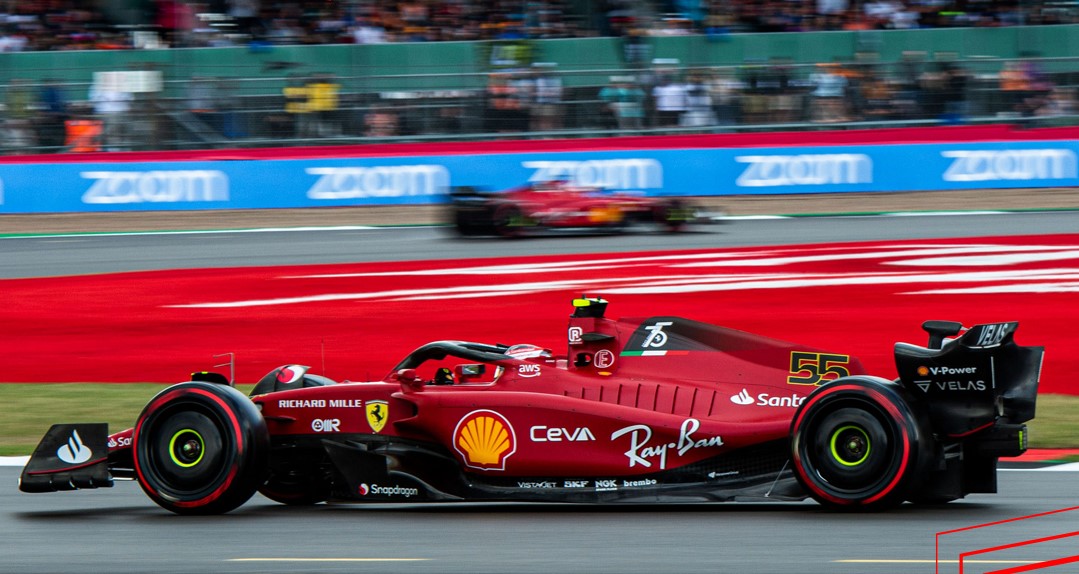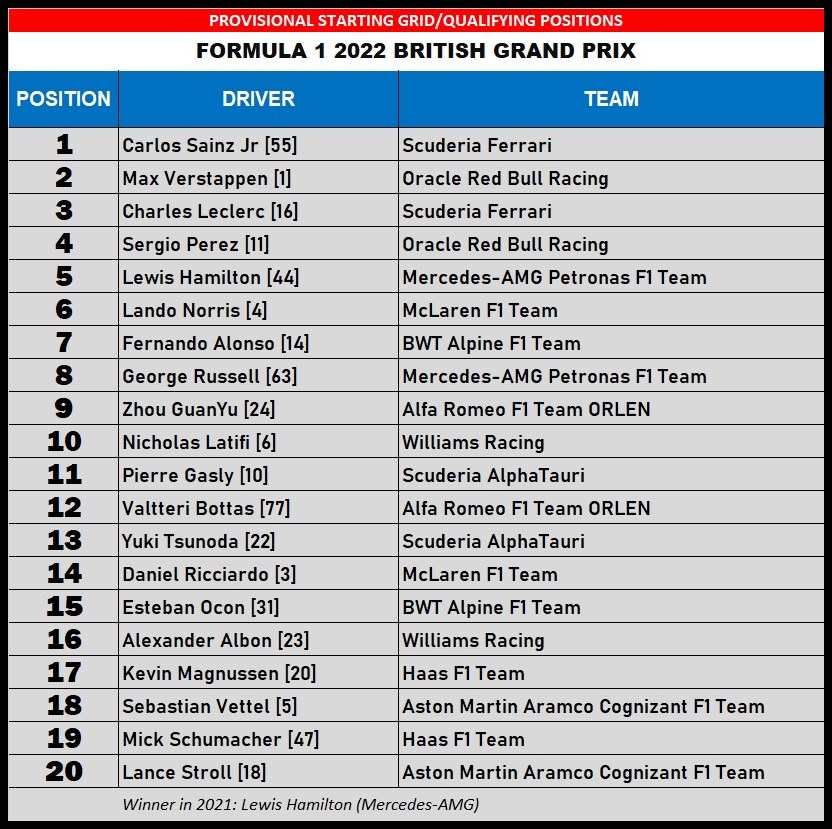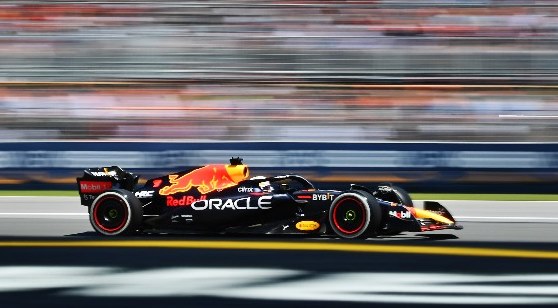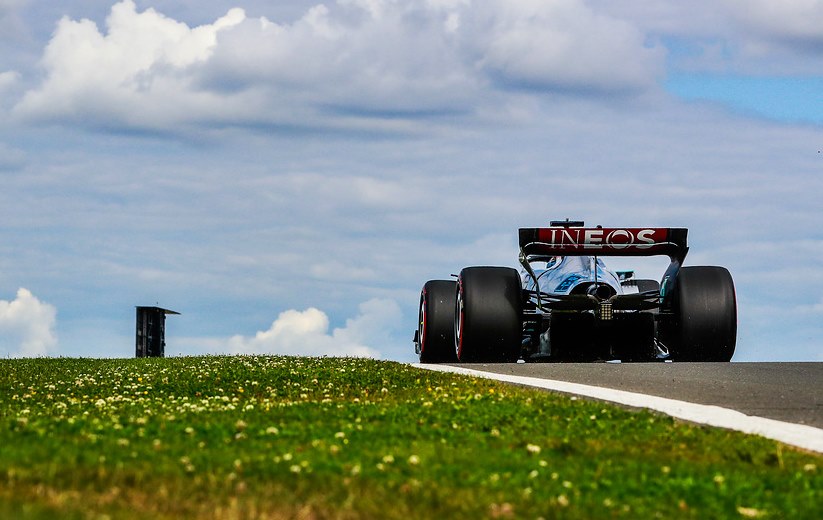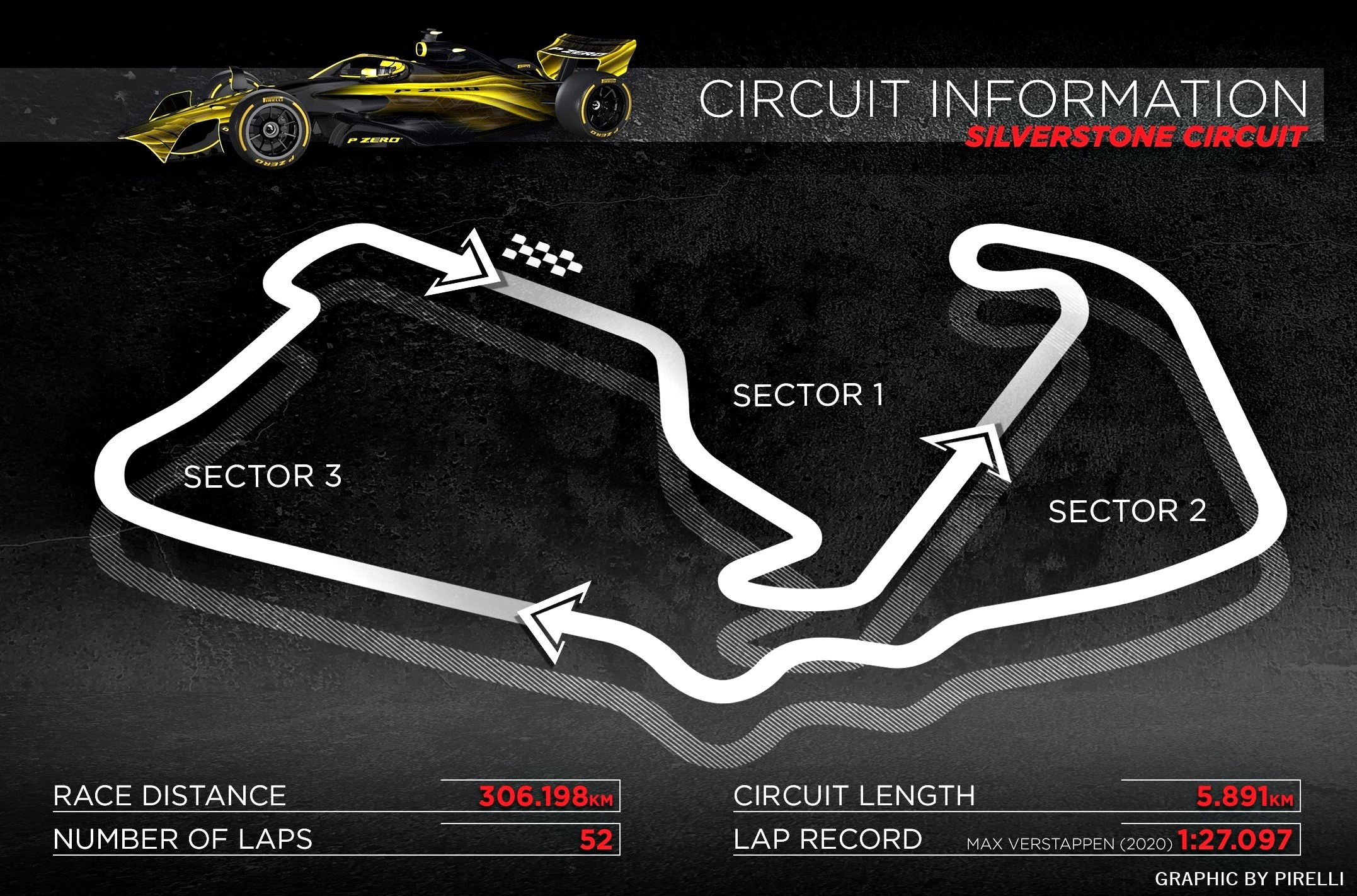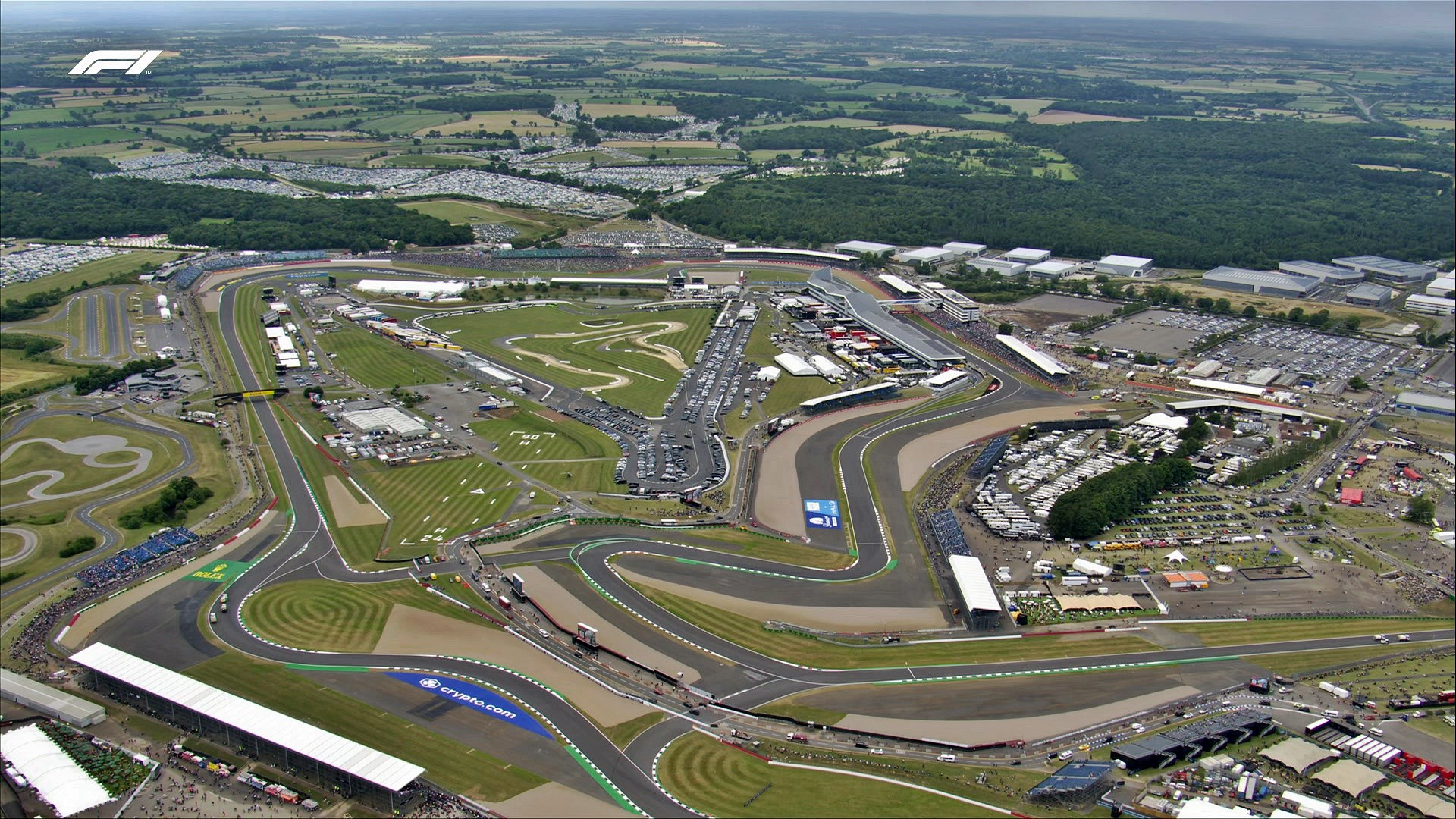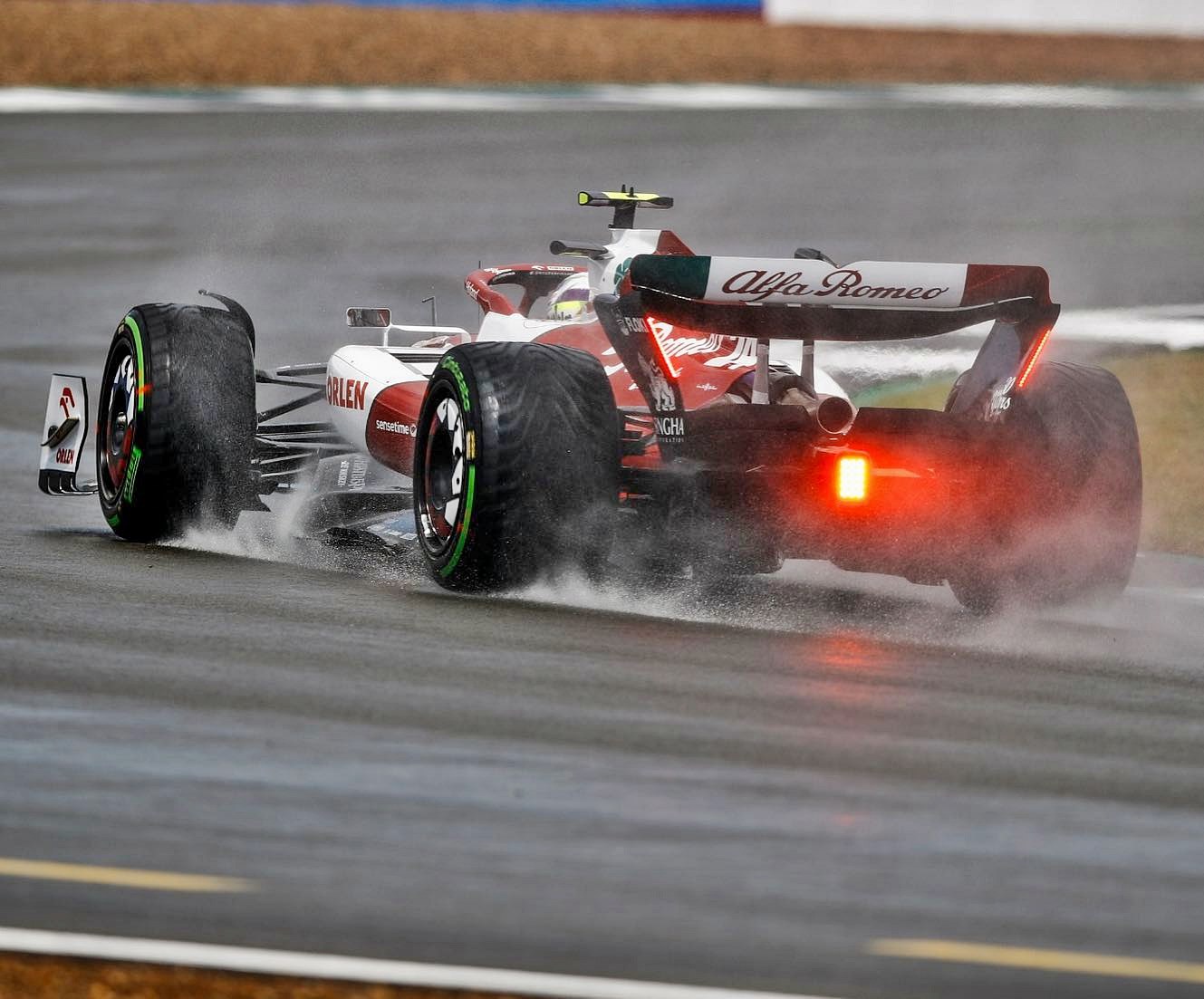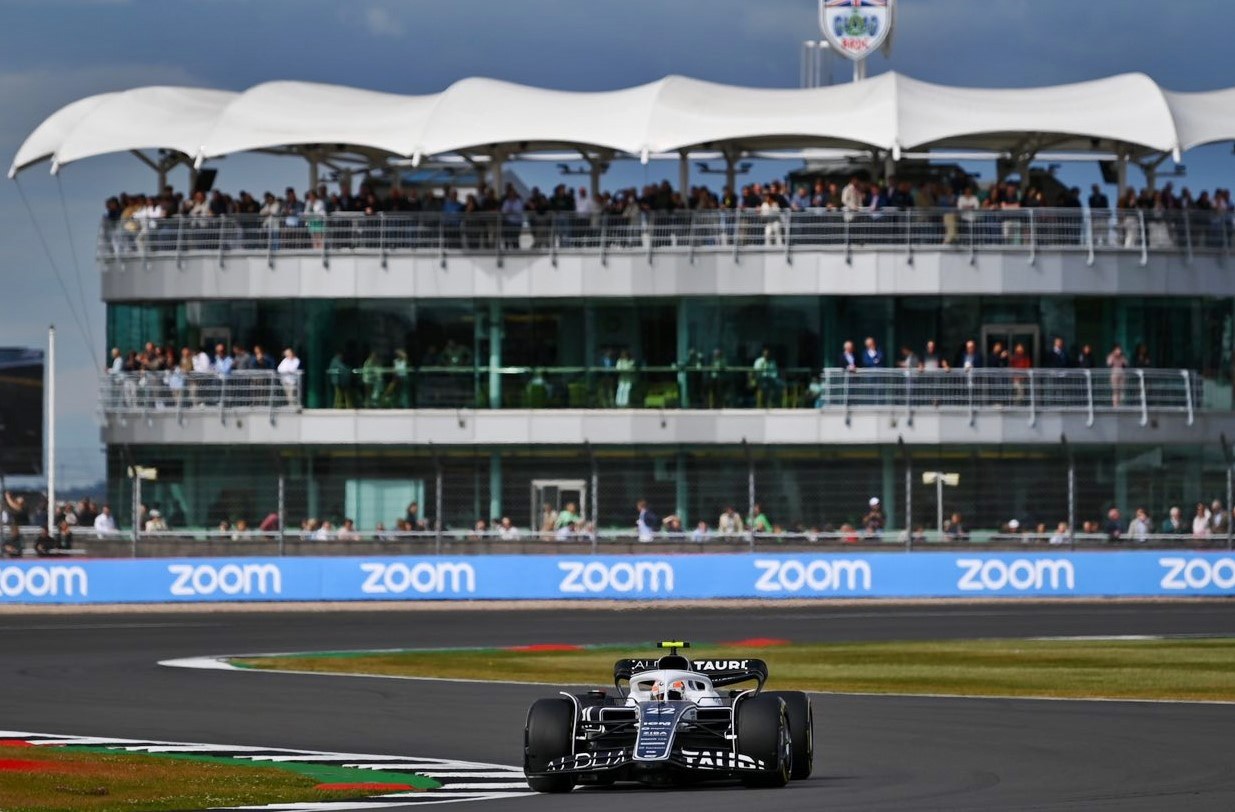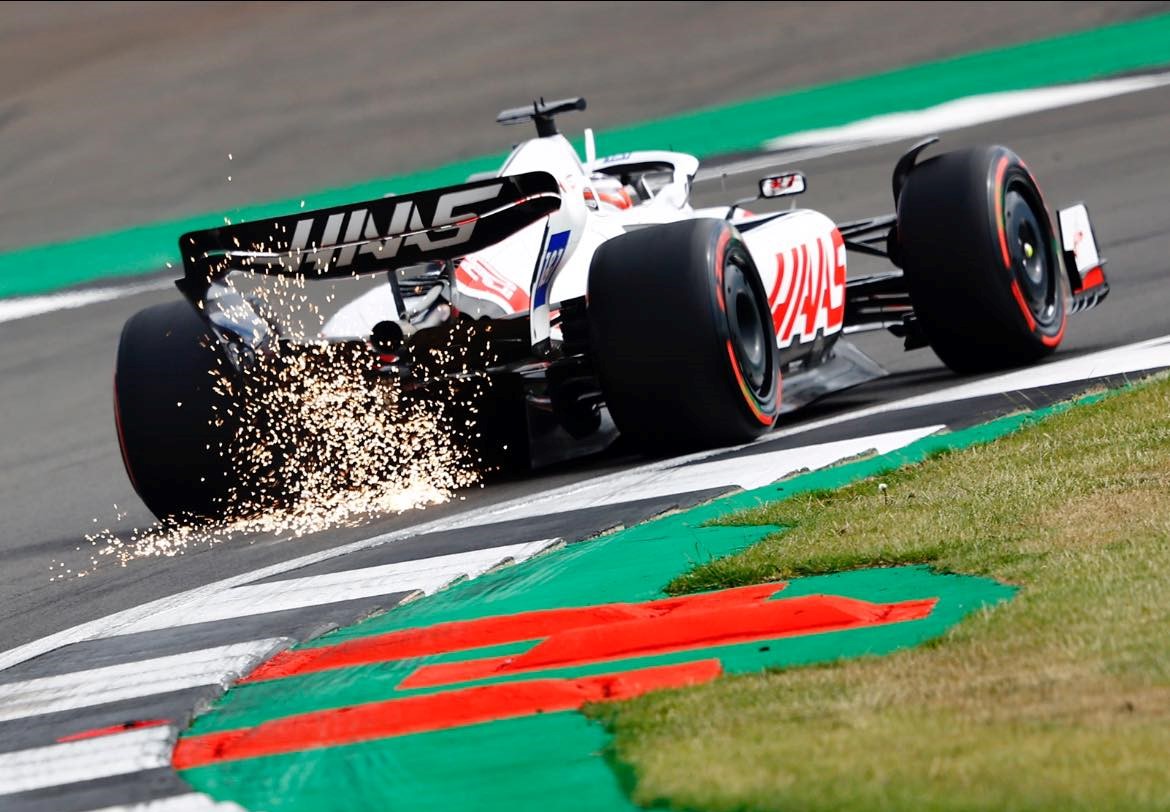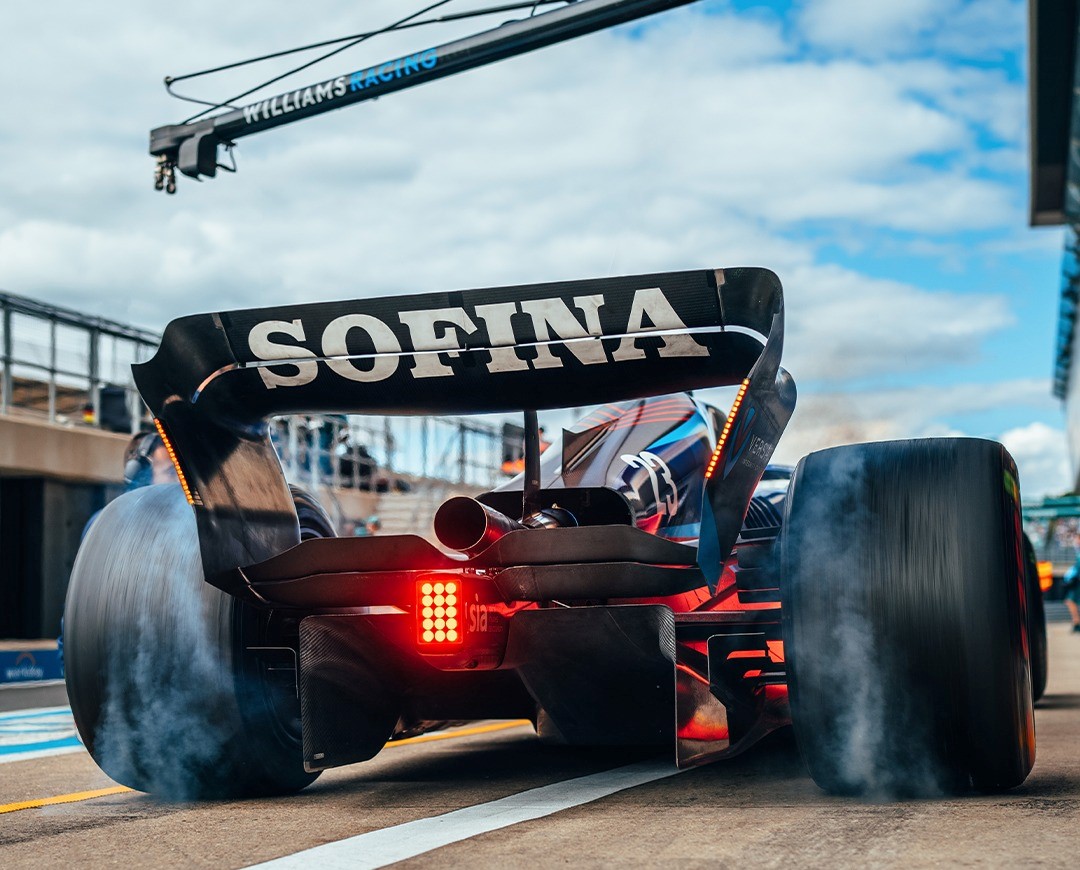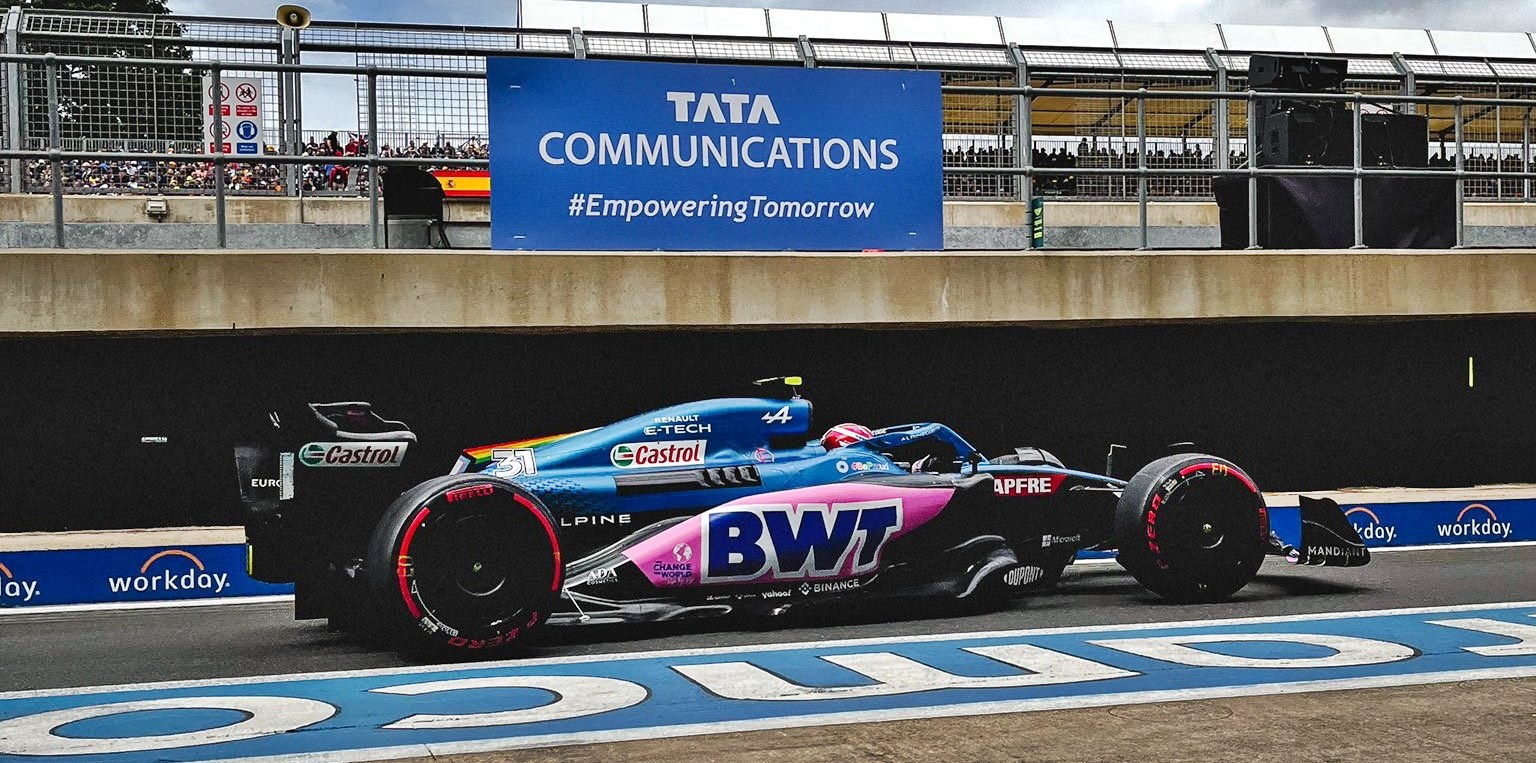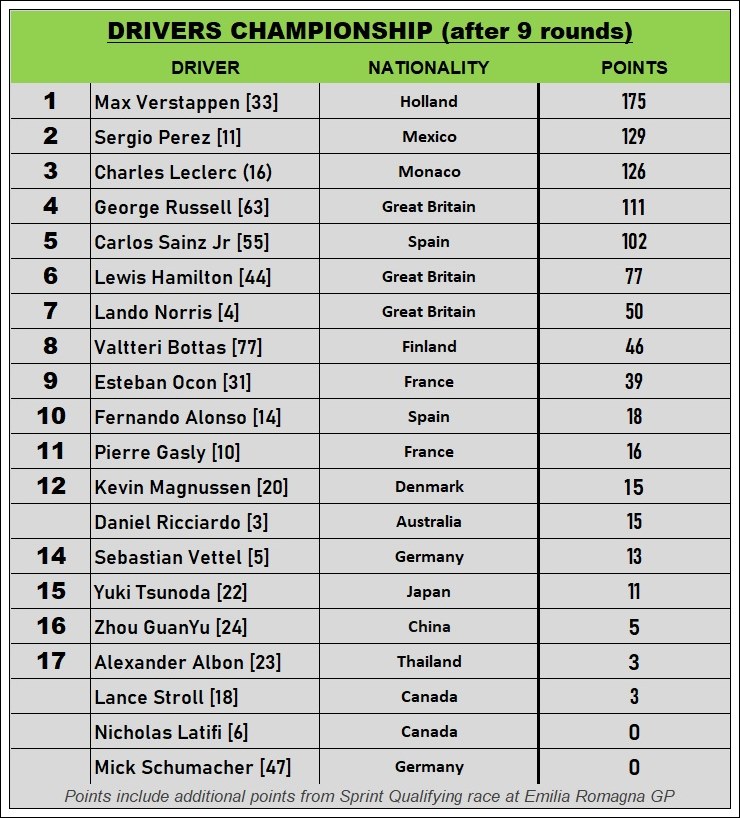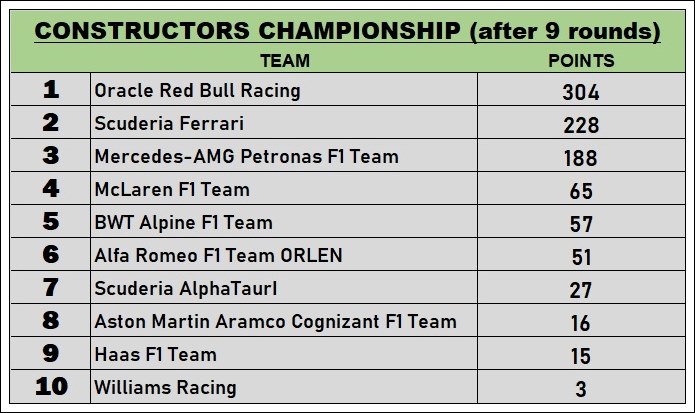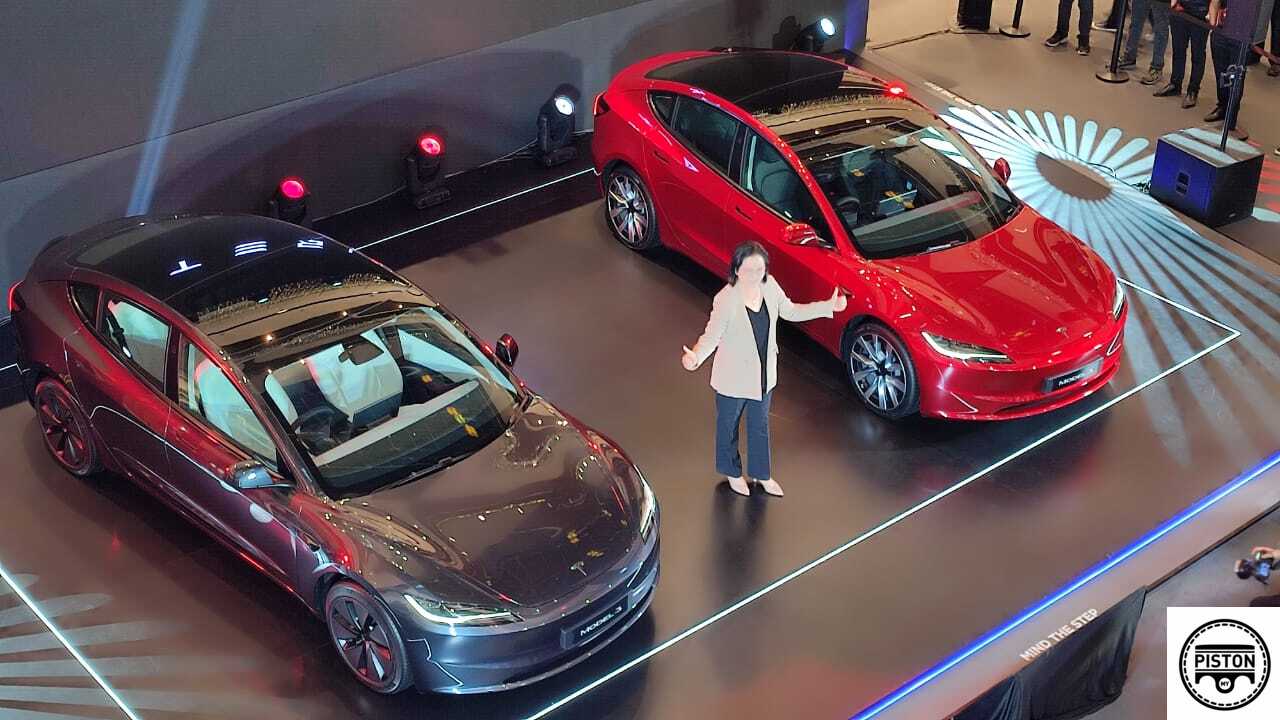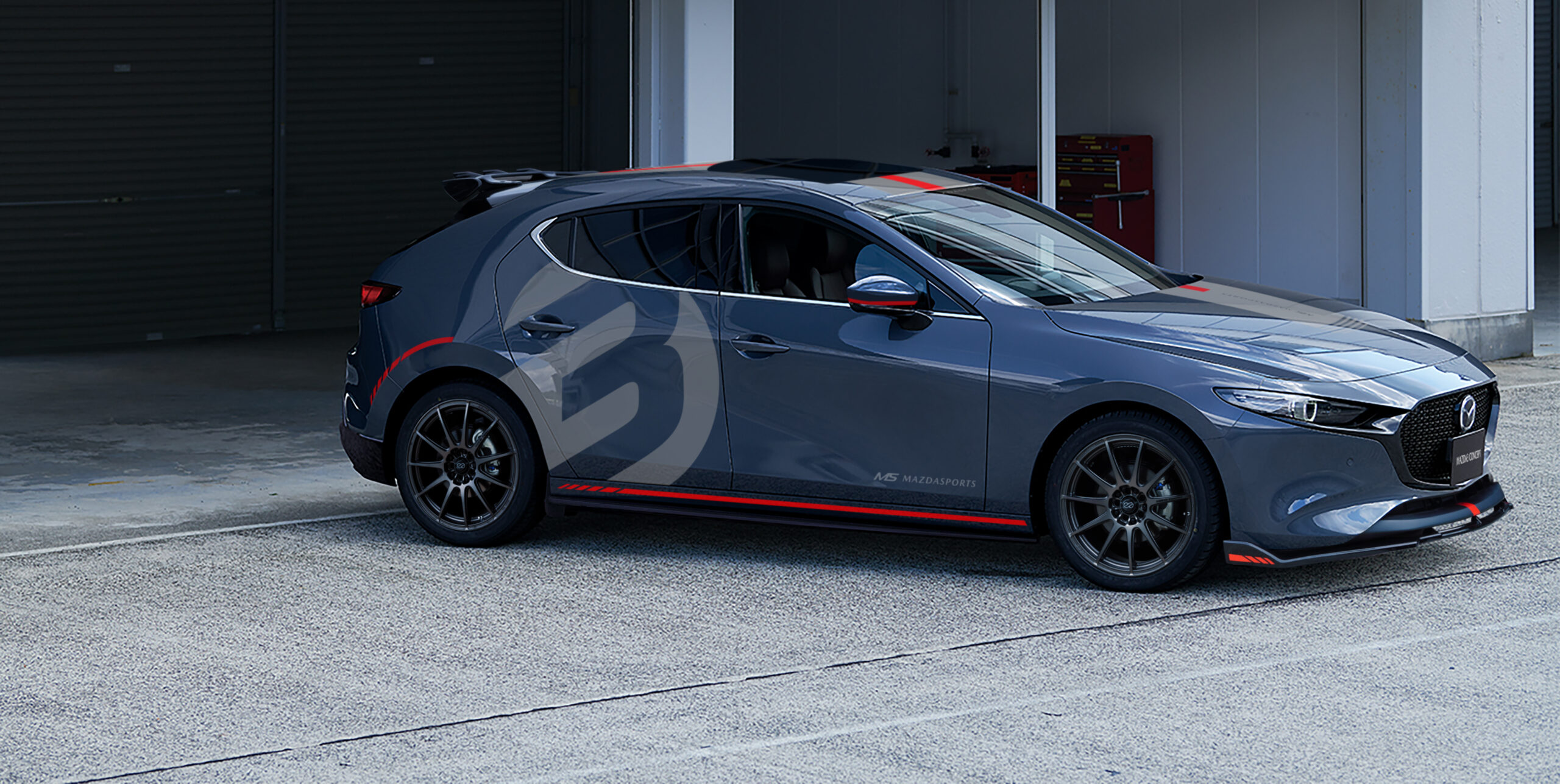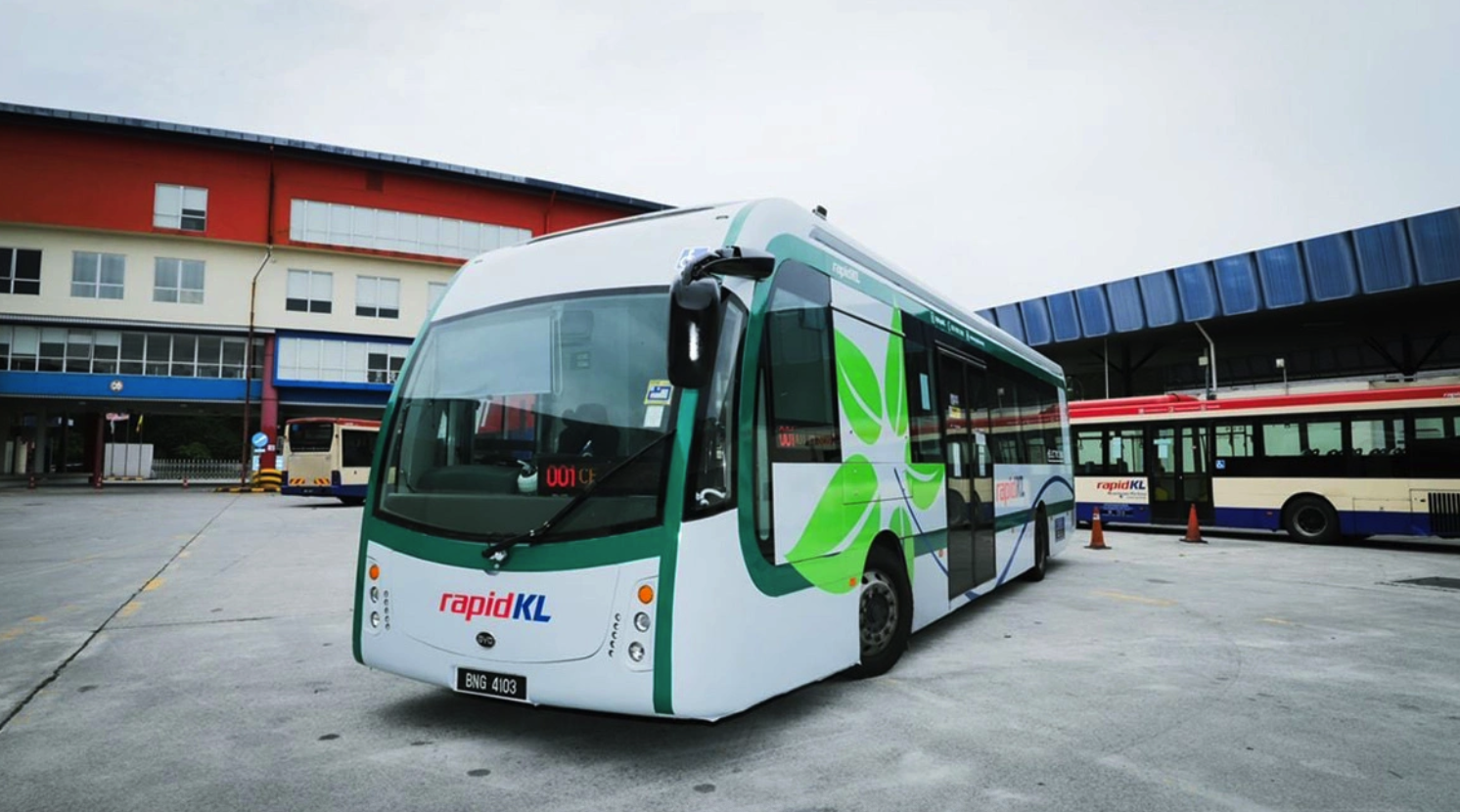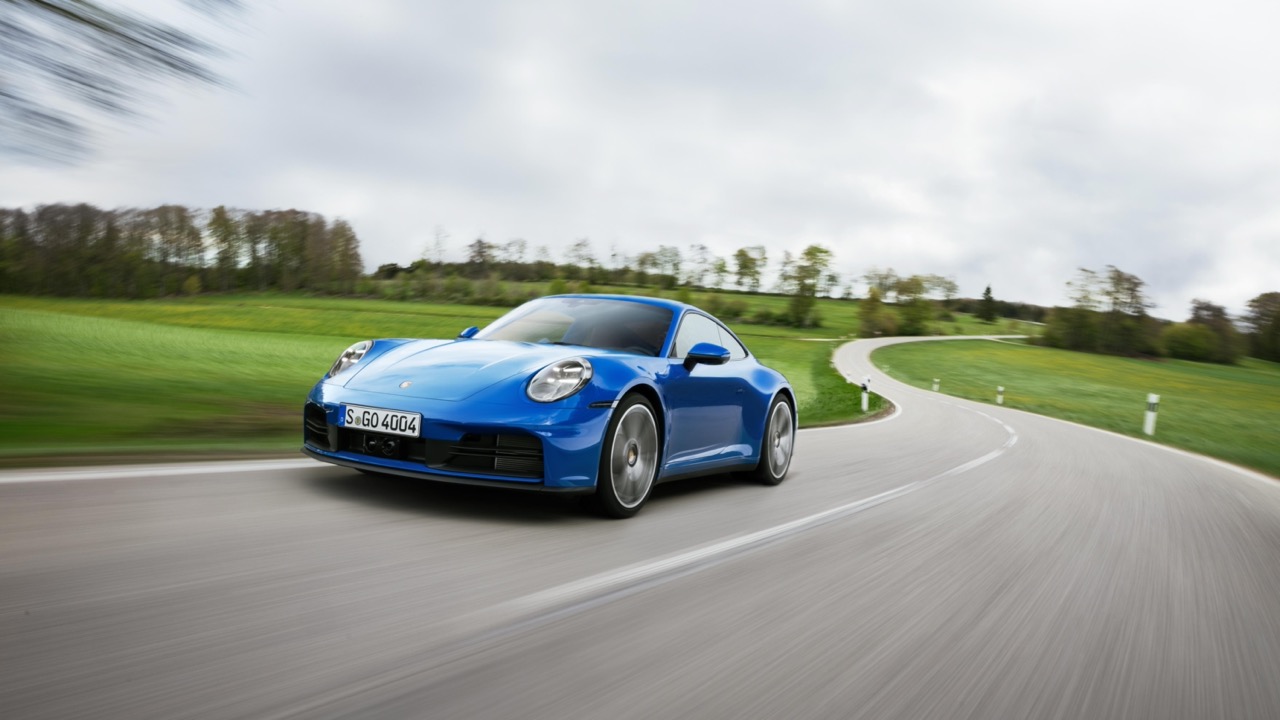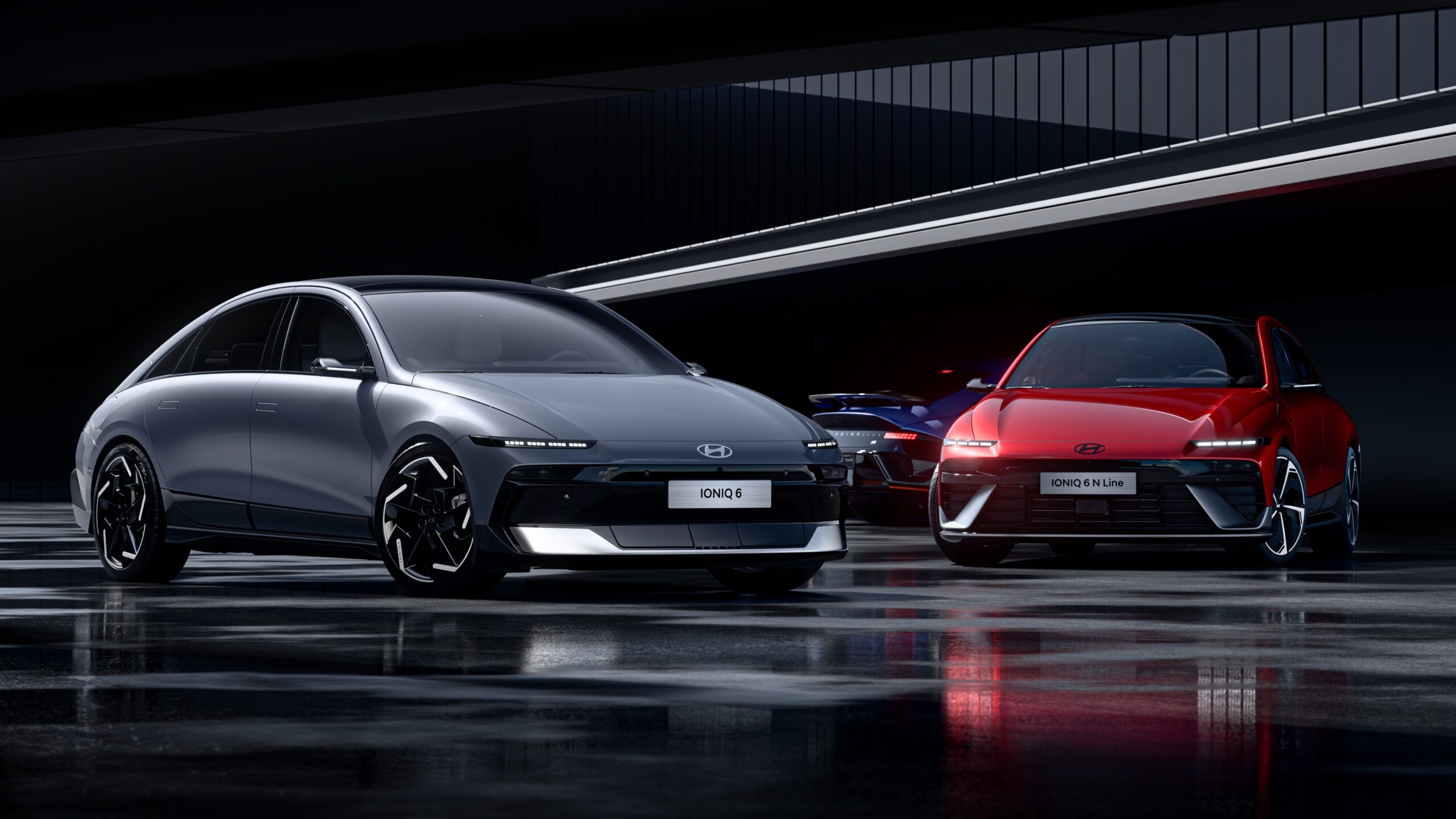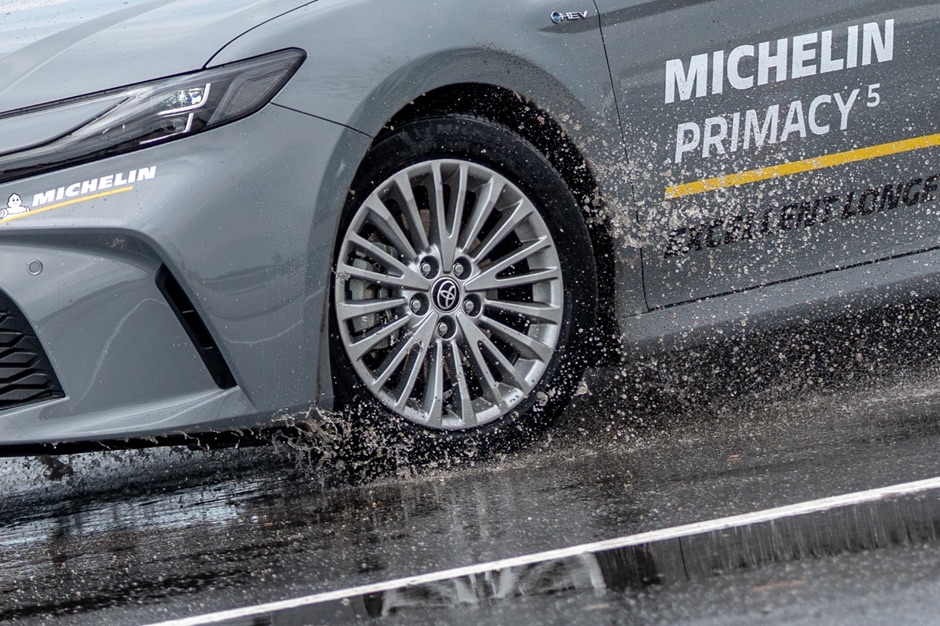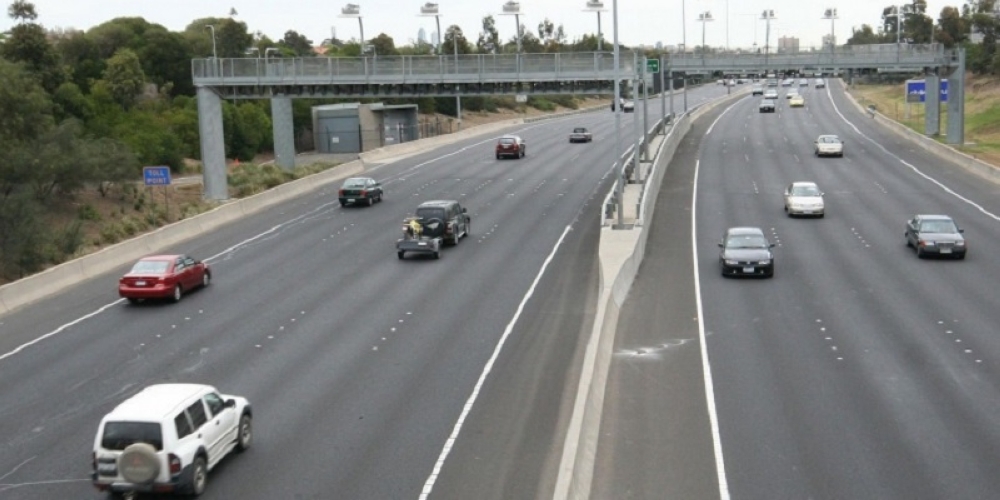Race starts at 3 pm in Britain time/10 pm in Malaysia
The British Grand is one of only two events that have been constantly on every season’s calendar since the inception of Formula 1. This weekend’s Round 10 of the 2022 Formula 1 World Championship will be the 73rd British GP, and the 56th time Silverstone has hosted the race. The other venues have been the Aintree Circuit in Liverpool and Brands Hatch.
Silverstone, built on a former Royal Air Force base 74 years ago, is a true power circuit, and drivers will spend 80% of each 5.891-km lap racing at full throttle. The layout, with 18 turns, is very tough on tyres, especially on left-front tyres which have huge loads imposed on them in Turns 1, 8, 9, 10, 11, 12 and 15.
“Along with Suzuka in Japan and Spa in Belgium, Silverstone places the highest energy demands on tyres all year, which is why the hardest tyres in the range have been nominated: C1 as the P Zero White hard, C2 as the P Zero Yellow medium, and C3 as the P Zero Red soft. This is the third time that this combination has been nominated all year,” said Mario Isola, Pirelli’s Motorsports Director.
Suzuka, which will be back on the calendar later this year (in early October), puts even greater demands on tyres but distributes the loads equally to all 4 tyres as it is the only track on the calendar in the shape of a figure eight. At Silverstone, putting down the car’s energy is firmly focused on
Pirelli’s choice of its hardest compounds to cope with wear rates is based on past experience. However, with the new 2022 racing cars, the tyres are designed to provide less overheating, more stability, and increased driveability within a wider working window. “This year, the compounds and structures are completely different, and there’s no sprint qualifying either – which was a factor in the strategy last year,” Isola added.
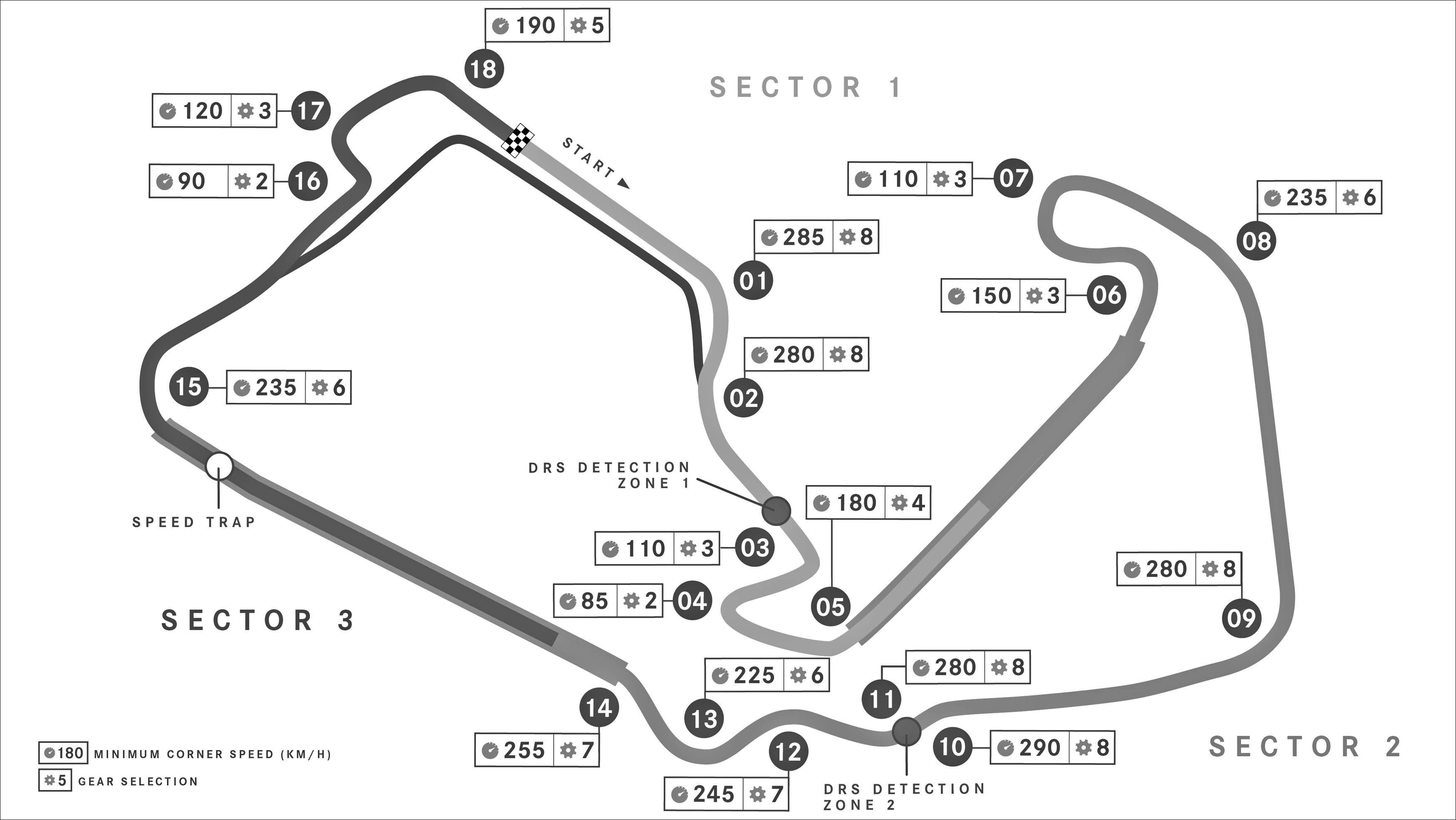
According to Brembo technicians, the Silverstone Circuit makes little demand on the brakes, in contrast to the tyres. This does not mean that the brakes are not important on this track. Grip is critical and depends on both the weather conditions and the number of consecutive laps run. As the grip increases, so does the braking power transferred to the ground.
The biggest risk at Silverstone is glazing of the friction material caused by problems bringing the carbonfibre discs and pads to the minimum operating temperature. However, the Brembo material has been specially designed to prevent this problem. There are 9 turns where the brakes are used for a total of 13.5 seconds per lap which amounts to 15% of the whole race.
The hardest one is on turn 6 because drivers come onto it with the throttle full on after turn 5 and reach a speed of 324 km/h. They use the brakes to reduce speed by 50% in 2.4 seconds and cover a distance of 142 metres. To do this, their leg must apply a load of 127 kgs on the brake pedal and undergo a deceleration of 4.2g.
Fittingly, Lewis Hamilton has been the most successful driver in the history of the British Grand Prix, the team’s home race. He has won 8 times, which puts him in the same league as Michael Schumacher for the most wins at the same event; the German driver’s record is for the French Grand Prix. Hamilton also has 8 wins at the Hungarian Grand Prix.
A non-British team – Scuderia Ferrari – has won the event the most times. Since its first F1 win in the 1951 British GP, it has won the event 17 times. Current drivers who have contributed to the string of victories are Sebastian Vettel (2018) and Fernando Alonso (2011).
Thanks to a victory in Canada, Red Bull Racing’s Max Verstappen starts at Silverstone with a 46-point lead over team mate Sergio Perez. Ferrari’s Charles Leclerc, who has started the season with so much promise, seems to have had a string of bad luck, dropping him to third place, 3 points behind Perez.
Consistent wins by Verstappen and Perez have boosted Red Bull racing’s lead in the Constructors Championship to 304 points, 76 ahead of Ferrari. The Mercedes-AMG PETRONAS team is in third place, 40 points behind the Italian team.




